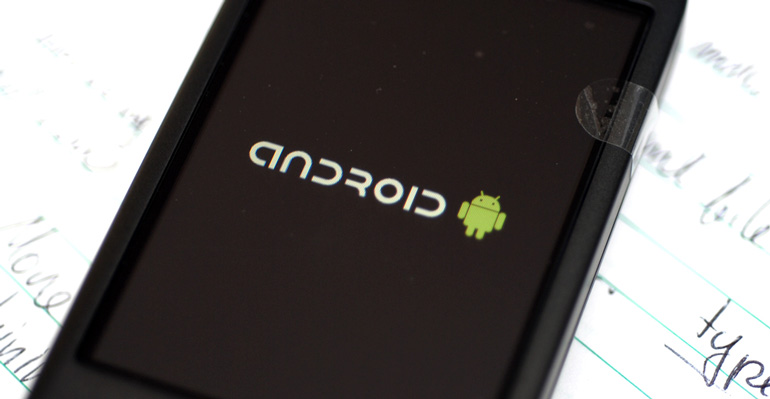This will be available to developers on the Android Lollipop mobile operating system
Currently this is being offered on Nokia’s mobile phone via the FV-5 app. They produce the file in the Adobe Digital Negative (DNG) format. This makes Adobe happy. It makes me happy too since I convert to DNG every time I import a file.
Digital SLRs, mirrorless cameras and high-end compact cameras all come with raw capabilities, as the camera industry caters to photo enthusiasts willing to pay for image quality. But raw photo support is almost nonexistent in the mobile phone world. The exceptions so far have been some designs from Nokia — now Microsoft’s phone division — including the Lumia 1520 and 1020.
Now you can add some Android devices to the list: the Nexus 5 and Nexus 6. And with an update to the FV-5 camera app, photographers can make use of the raw ability.
Photography has become central to mobile phones as people record their lives and, as mobile phone cameras steadily improve, artistically express themselves. Google’s decision to add raw photo support capitalizes on this trend. It also gives Android phones a potential edge over Apple’s iPhones, which have offered consistently top-notch photo quality but, so far, no support for raw photography.
Adobe happy
“Raw data is even more valuable for phones and tablets than it is for traditional cameras like DSLRs,” said Tom Hogarty, Adobe’s director of product management. “Smartphone images are captured using smaller sensors and lenses and can benefit greatly from advanced raw-based software processing tools, such as highlight recovery, tone mapping and noise reduction.
Not everybody will be able to take advantage of Android’s new raw support. Phone makers must make Android 5.0 available and expose the raw ability to app developers. That means that, as with traditional digital cameras, it’s likely only higher-end models will see raw support.
Raw support isn’t likely to appeal to mainstream shooters. HDR (high dynamic range) technology already expands what an ordinary JPEG can do by layering multiple frames at varying exposures to create a single image with greater luminosity. But the more mobile-phone cameras improve, the more enthusiasts will come to rely on them, and the more appealing raw support will become.
You can read the entire article over at CNET
Source: CNET
Image source : closari

